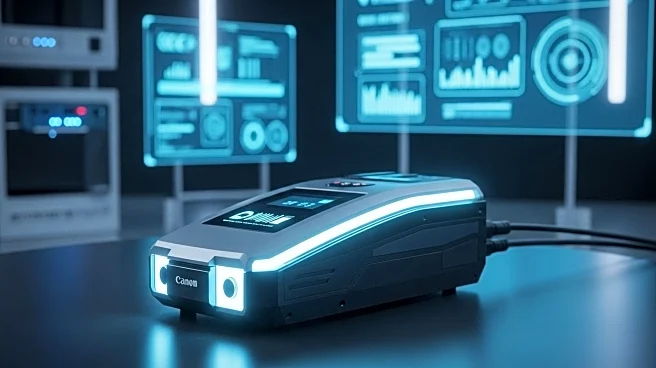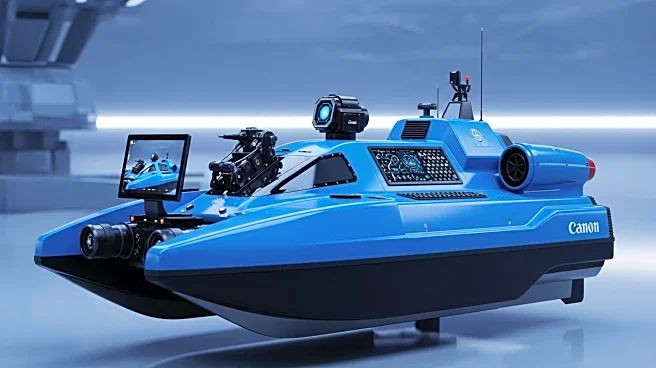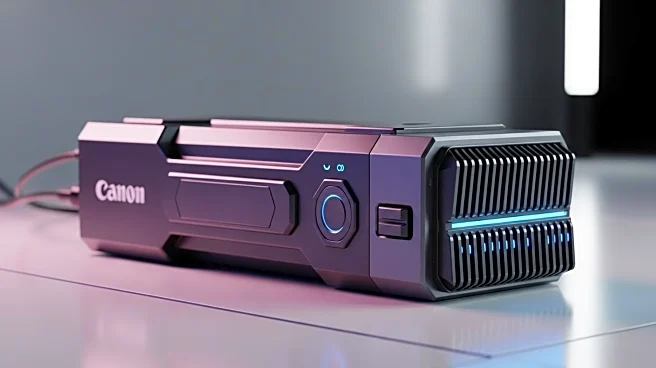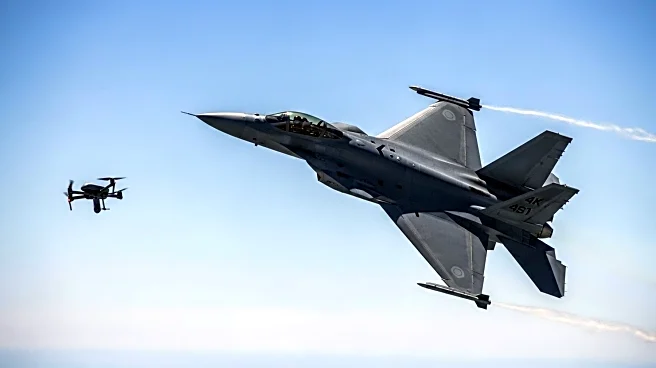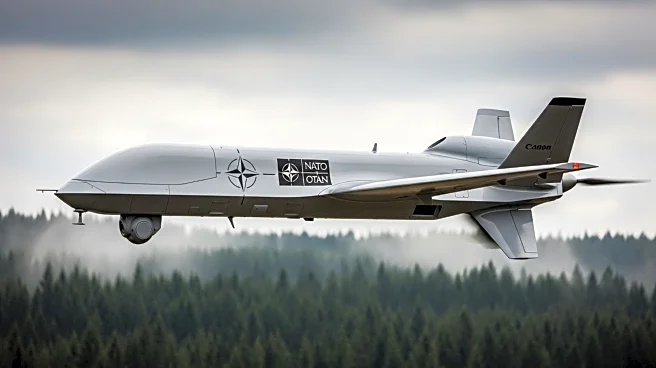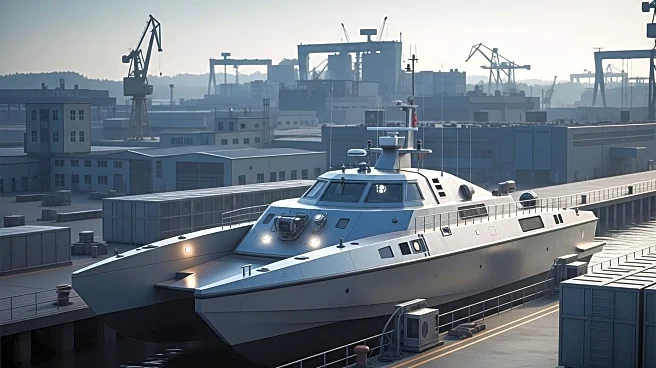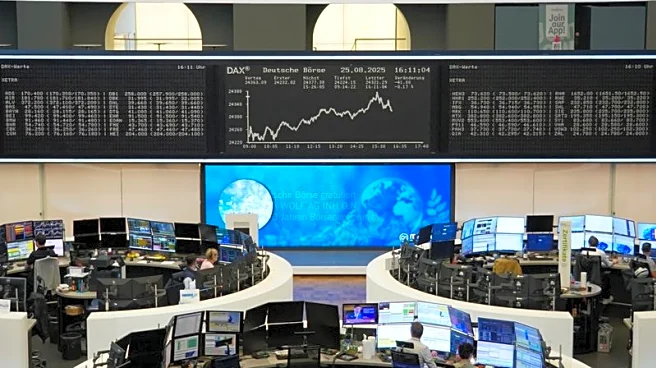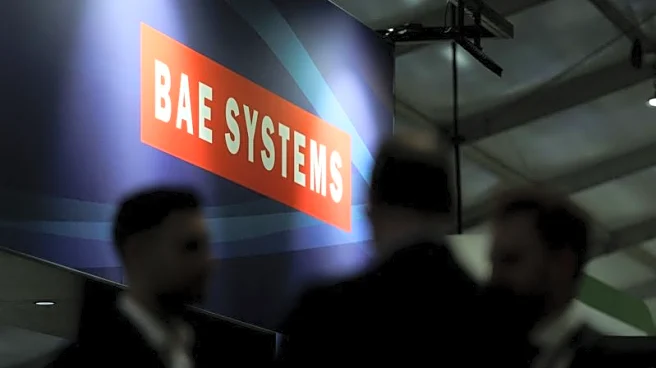What is the story about?
What's Happening?
Leonardo is aiming to enter the U.S. market with its BriteStorm jammer system, leveraging the Pentagon's Foreign Comparative Test program. The system, designated AN/ALQ-260(V) in the U.S., has seen operational use with Navy F-35s and is set for adoption on the F/A-18E/F. Leonardo is also demonstrating the system to other European users as NATO member states focus on electronic attack needs. The company is working to evolve the BriteCloud decoy system to keep it relevant against evolving threats, with upgrades planned for its cylindrical 55-mm version to emit more power.
Why It's Important?
Leonardo's efforts to penetrate the U.S. market with its BriteStorm jammer system could significantly enhance its presence in the defense sector, particularly in electronic warfare. Success in the U.S. market could serve as a springboard for further expansion into other markets, potentially increasing the adoption of Leonardo's systems across NATO member states. The U.S. Navy's decision to use Leonardo's BriteCloud decoy on the F-35C indicates growing interest in the company's electronic warfare solutions, which could lead to fleetwide adoption and increased sales. This strategic move aligns with the increasing demand for advanced electronic attack capabilities among NATO countries.
What's Next?
Leonardo is expected to continue its efforts to demonstrate the BriteStorm system to potential U.S. and European customers, aiming to secure contracts and expand its market presence. The company will likely focus on evolving its BriteCloud system to address emerging threats, ensuring its products remain competitive and relevant. As NATO member states prioritize electronic attack capabilities, Leonardo may explore partnerships and collaborations to enhance its offerings and meet the growing demand for advanced electronic warfare solutions.
AI Generated Content
Do you find this article useful?
